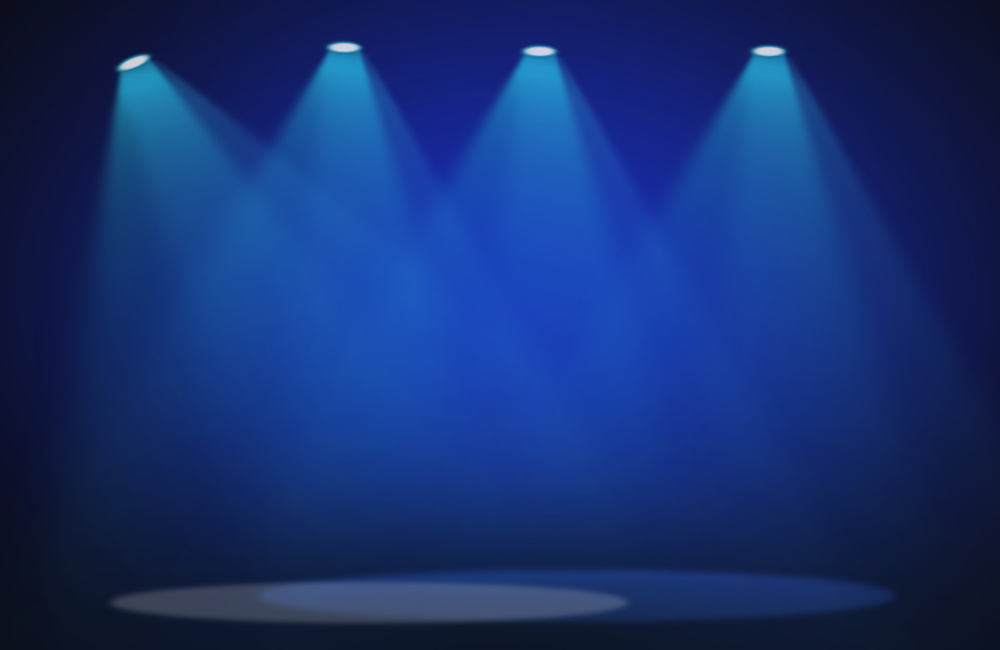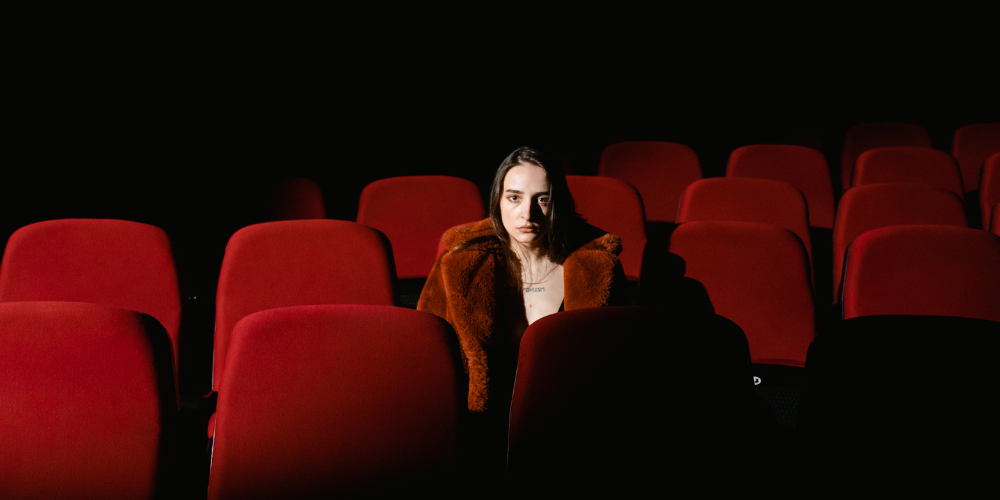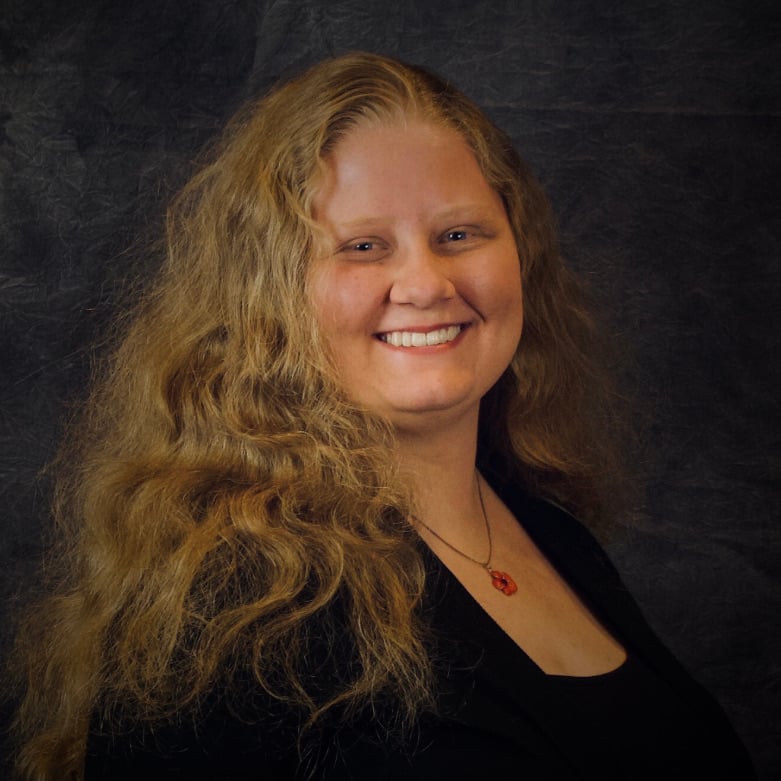A Chorus America Conference Reaction

A few weeks ago, I had the privilege of attending the Chorus America 2022 Conference in Baltimore, MD. Overall, the conference was a fantastic experience, and I would highly recommend the 2023 conference in San Francisco to anyone feeling isolated, burned out, or frustrated with their experience in the choral world. The ideas, camaraderie, and connections shared during this conference were truly inspiring.
But since I got home, I've been haunted by a particular Plenary Session that Alan Brown presented in the middle of the conference. His talk focused on the movement of multiple entertainment sectors towards fully-immersive, technology-supported experiences, citing the recent Van Gogh, ABBA Voyage, and Meow Wolf immersive experiences among his examples. He is tracking a shift towards experiences that immerse the audience members so profoundly that they feel transported to another world or headspace. And Alan's main point was, "If we as choirs don't mount some kind of response to this, these companies are going to eat our lunch."
My initial reaction to this presentation (which I've discovered since was shared by many other attendees) was a mix of "Oh God, not more virtual choirs" and "Where are we going to get the money for that?" Since the conference, I've been mulling over both Alan's research and his primary argument. He's right about many things, and his research is both sound and consistent with other trends:
- Marketing agencies are gearing up for a shift to the Metaverse across multiple industries.
- Immersive art experiences for artists other than Van Gogh are now scheduled all over the country.
- Pop artist concert tours include increasing amounts of lighting and pyrotechnics to create a specific, branded experience.
- E-sports and immersive video/computer games are becoming more mainstream and widely used.
- Some operas and major orchestras are beginning to use light shows to create more immersive concert-going experiences.
However, I disagree with the premise that choirs are direly behind in the immersive experience game. In fact, I think we might be a little ahead of the curve.
Many of us have struggled over the past three years to move part or all of our choral activities onto Zoom or other virtual technologies, and there are many articles and group discussions sharing ideas that have or haven't worked for different choirs. We're all eagerly awaiting a time when Covid-19 no longer affects our ability to sing together. But we've rarely stopped to consider what it is about in-person singing that we just can't replicate in a virtual space.
But once we start thinking about it, what makes choir unique is the immersive experience of standing shoulder to shoulder with your friends and neighbors, breathing in together, then being surrounded by a wall of sound as you all sing together. That experience is fully immersive and (with our current technology) entirely unreplicable in a virtual space. In a sense, we choirs have anticipated the immersive experience trend, with choir participation steadily increasing from the 2000s until the start of the pandemic. People want to be part of the multisensory experience we're creating for our singers.

Where we fall down sometimes is in extending that experience to our audiences. The traditional stand-and-deliver choral concert doesn't offer many opportunities for audience members to share that immersive experience with our singers. We are already bucking this tradition in a few ways, such as audience participation songs (Hallelujah Chorus, anyone?) and candlelight vigils (Candles! So simple). And I bet if we all went back through our programs or asked for community feedback, these performances with experiential elements were more memorable and well-received than those without. But in general, Alan is correct with respect to our audiences. We need to up our game when it comes to immersive audience experiences.
Now, back to that initial reaction some of us had to Alan's talk. Virtual choirs clearly aren't the answer. They're sort of a cool marketing gimmick, but in reality, the singers' experience is sitting alone in a room with their headphones in, singing alone. And the audience experience is, well, sitting alone in a room with their headphones in, listening alone. The virtual world just doesn't suit choirs yet, and won't until we have near-instant processing speeds.
Not to mention that immersive technology often costs thousands, millions, or even billions of dollars to implement. Last I checked, my Board was arguing over a couple of hundred dollars to record our next concert. So unless you're one of a few well-established professional groups, tech-heavy productions are out of reach.
So what can we do? That starts with defining what an immersive experience is. In general, immersive experiences are multisensory events that create the sense of being transported to another place or time. And since human beings were sensory creatures long before the internet age, we can construct those events with minimal technological help.
Start by assessing your audience members' experience from a multisensory perspective. We put a lot of time and effort into how our choirs sound (rehearsals, amplification, acoustics) and some into how they look (attire, staging, decorations, lighting). But have you considered how your concerts feel? How do they smell? Taste? It may sound a little crazy, but there's a large body of scientific evidence to suggest that scent is the sense most strongly associated with memory. If your choir is already holding candles for the opening song of your holiday concert, how much harder is it to get evergreen-scented candles?
Then assess your resources. Does your space allow for the choir to surround the audience? Do you have a projector or lighting system that can add some textures and colors to the room? Could you set up projectors to project video footage on the walls or deck out your lobby with sculptures or artwork related to your concert? What is possible with the venue and resources you have?
This can feel overwhelming. If we add all these new elements, who will put together videos to play between each song? Where is the money for projectors going to come from? Instead of panicking and giving up on the idea, turn to partnerships with other organizations that already make or use the things you need. A local art gallery may already have a slideshow of their art, and public schools aren't using their projectors over the holiday break. If you have a specific, ambitious idea, these events can also be excellent grant funding opportunities, as long as you plan well in advance.
For example, just before the Chorus America conference, my Board approved the 2022-2023 season, including a gratitude-themed concert the week before Thanksgiving. When I left for the conference, my working title was "Songs of Gratitude," and I wasn't really planning much other than a stand-and-deliver performance with our classic all-black attire (sound and sight).
Following all of this post-concert reflection, I've completely overhauled that concert. The working title is now "The Fabric of Gratitude," and it will be a multisensory experience. We will be;
- Partnering with a local quilt club to host a quit show as our decorations (sight and feel).
- Negotiating with a local up-cycled clothing maker to borrow some quilted shirts for our uniforms (sight) in exchange for advertising them ahead of the holidays.
- Making our own gratitude quilt in partnership with the quilters, with each choir member writing what they're grateful for on a quilt square (active participation).
- Inviting the audience to write what they're thankful for on a small paper square in their program and add it to their own "gratitude quilt" on strings with clothespins in the lobby (active participation).
- Hosting a community Thanksgiving dinner after each concert, courtesy of a few local church potluck leaders (smell and taste).
- Performing a few candlelight numbers, some audience participation songs, and some numbers where the choir surrounds the audience (sight, sound, and feel).
All of this effort strives to create a headspace of self-reflective gratitude for the singers and the audience. And it costs us only nominally more than we usually spend because we're partnering with people who already do these things.
You may decide to start smaller. Start with one element, such as a single candlelight piece or a specific post-concert culinary experience, and work up from there. Remember, you don't have to do it all yourself! Ask for help from people and organizations already doing what you want to do because chances are they'll also bring in singers and audience members you might never otherwise reach.
Also, keep in mind that fully immersive experiences can be overwhelming for some concert-goers. Photosensitive audience members can struggle with fast-moving or strobing lights, autistic concert-goers can get overstimulated by multisensory experiences, and some attendees might be allergic to certain scents. The key to avoiding issues here is to be clear with your marketing and offer warnings, cues, and other accommodations to those that need them, such as a supertitle warning about upcoming strobe lighting, masks, electric candles, natural scents, or sunglasses/ear plugs to reduce stimulation.
Thank you so much to Alan Brown for starting this conversation and getting the ideas flowing. What are you doing to create immersive experiences in your choir? Share your thoughts and ideas in the comments below!

Stephanie Helleckson's parents met in a choir, and her entire family has been choir nerds ever since. Having sung under nearly 50 different conductors while living in Alaska, Hawaii, Florida, and Colorado and having conducted several choirs herself, she is a strong advocate for using choral music as a tool to bridge gaps between people, social groups, and cultures. She currently lives in Paonia, Colorado, where she directs the North Fork Community Chorus, teaches voice and violin, and manages her own writing and editing business. When not singing or writing, she can usually be found hiking in a National Park, kayaking down a new river, or experimenting with new flavors in the kitchen.

